If you love keeping fit then one of your main goals should be avoiding injuries as much as possible.
A severe injury will prevent you from continuing to workout and could set back your progress weeks or even months. With that in mind, here are some of the key tips and techniques that you can explore to avoid sprains, tendinitis, muscle ache and much more.
Don’t Push Yourself Too Far
Firist, it’s important to make sure that you don’t push yourself too far when you are exercising. In other words, don’t jump in at the deep end. If you are lifting weights, it’s worth thinking carefully about the amount you are lifting. If you have never lifted weights before, then you need to start at a low number beforing building up overtime. Ideally, you should aim for a couple of sets before increasing the amount. By taking things slowly, you can avoid straining your muscles.
Remember To Stretch
You should ensure that you are completing dynamic stretches before and after you work out. The benefit of taking this step is that it will significantly increase your flexibility. As well as ensuring that you can work out longer and increase your performance. Do note that it’s vital that you stretch before and after you exercise. Stretching before prepares your body for the strenuous activity. Stretching after will help you avoid waking up the next day feeling sore.
Warm Up And Cool Down
Stretching isn’t the only part of warming up and cooling down. You might also want to think about warming up doing some light forms of exercise as a starting and finishing point. Alternatively, you could also think about exploring options such as yoga. Yoga is a great way to warm down as it will leave you feeling relaxed and at peace.
Wear The Right Attire
When you are working out, you should always make sure that you are wearing the right clothing. For instance, you may want to wear shoes with the right amount of grip. This will ensure that you don’t slip or fall while you are exercising. This can lead to a dangerous situation, particularly if you are lifting heavy items or running on a treadmill.
Find A Trainer You Can Trust
You might be working out under the guidance of a personal trainer. If this is the case, then it’s important to find someone you can trust who has all the right personal training qualifications. Top qualifications should be seen as evidence that a PT has the knowledge and training required to ensure you remain safe while exercising. However, you may also want to check out reviews and consider a referral. This will help ensure you find a PT who will provide an exercise plan that prevents injuries while delivering the gains you are hoping for.
Be Aware Of Your Surroundings
Finally, make sure that you are always aware of your surroundings when you are exercising. This is important regardless of whether you are exercising in public or exercising at the gym. You need to check that you are not in danger of stumbling into anyone, or tripping over an item.
Managing Exercise Related Injuries

If you do develop an injury, then it’s important that you do know how to manage it. Managing your injury will ensure that you can minimize your recovery time and avoid making it any worse. The best thing to remember here is RICE or:
- R – Rest
- I – Ice
- C – Compression
- E – Elevate
First, you need to rest your injury for the right amount of time. This will depend on the extent of the damage. For instance, if you have experienced a sprain, then you should consider stopping working out for at least a week.
You may also want to put ice on the injury. This will help to reduce the swelling and slow down any bleeding. It can also reduce inflammation which will lead to a faster recovery and less discomfort.
If you have noticed swelling where you have sustained an injury, then you should use a compression bandage. A compression bandage will mean that you can minimize the swelling as much as possible, again lowering the impact of the injury.
Finally, you should keep the impacted area elevated as much as possible. This is another great way to reduce the impact of swelling.




















